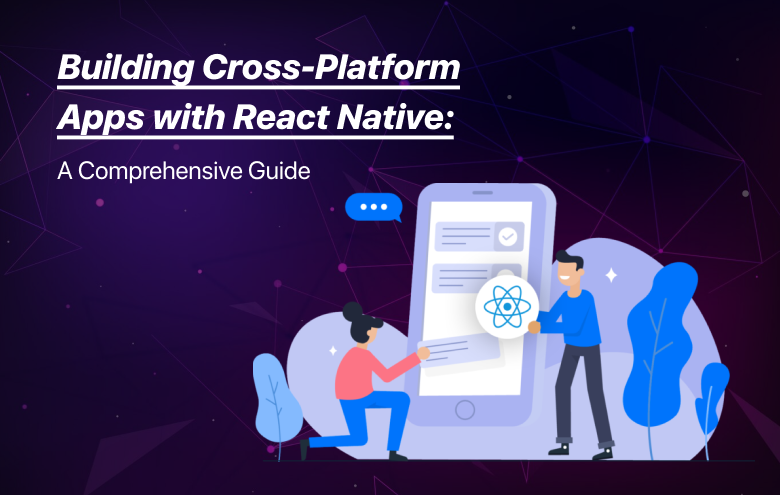


React Native empowers developers to build cross-platform mobile applications using a single codebase. This guide will walk you through the key aspects of cross-platform development with React Native, covering code sharing, platform-specific considerations, UI components, testing, Expo integration, and deployment strategies.
Understand the concept of cross-platform development and how React Native enables the creation of applications that run seamlessly on both iOS and Android devices. Explore the advantages of maintaining a single codebase for multiple platforms.
Learn about the underlying principles that allow React Native to bridge the gap between iOS and Android development. Delve into how React Native leverages native components and APIs for each platform.
Explore strategies for sharing code between iOS and Android platforms. Leverage React Native’s component-based architecture to maximize code reuse, reducing duplication and streamlining development.
Understand scenarios where platform-specific code is necessary. Learn how to write platform-specific components and modules to address unique requirements for iOS and Android.
Discover techniques for achieving a native-like user experience in your React Native applications. Utilize native modules, gestures, and animations to create apps that feel native to each platform.
Explore the extensive library of React Native UI components. Leverage pre-built components for common UI elements, or create your own custom components to tailor the user interface to your app’s requirements.
Implement effective testing strategies for cross-platform React Native applications. Use tools like Jest and Detox for unit testing, component testing, and end-to-end testing to ensure the reliability of your app.
Learn about Expo, a set of tools and services that complements React Native development. Explore how Expo simplifies the development process, provides a consistent development environment, and enhances project management.
Understand the significance of maintaining a single codebase for both iOS and Android. Address challenges and optimize your development workflow to efficiently manage and update your cross-platform codebase.
Explore deployment options for React Native apps. Understand the process of building and packaging apps for release on both the App Store and Google Play. Consider the use of services like Microsoft App Center or Fastlane for streamlined deployment workflows.
Building cross-platform apps with React Native offers a powerful and efficient solution for mobile application development.
By following this comprehensive guide, you’ve gained insights into code sharing, platform-specific considerations, UI components, testing, Expo integration, and deployment strategies.
Apply these principles to create robust, native-like experiences that reach users on both the iOS and Android platforms.
contact us today for cross-platform application development.

